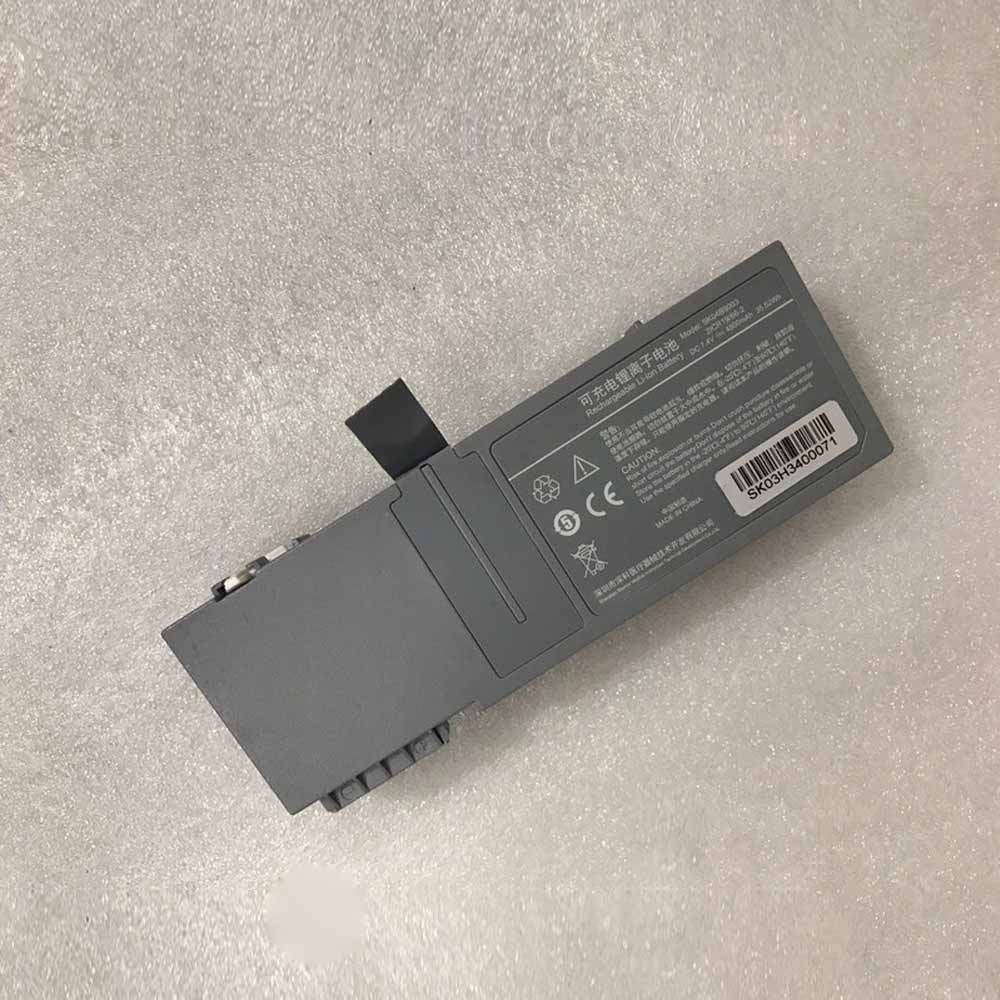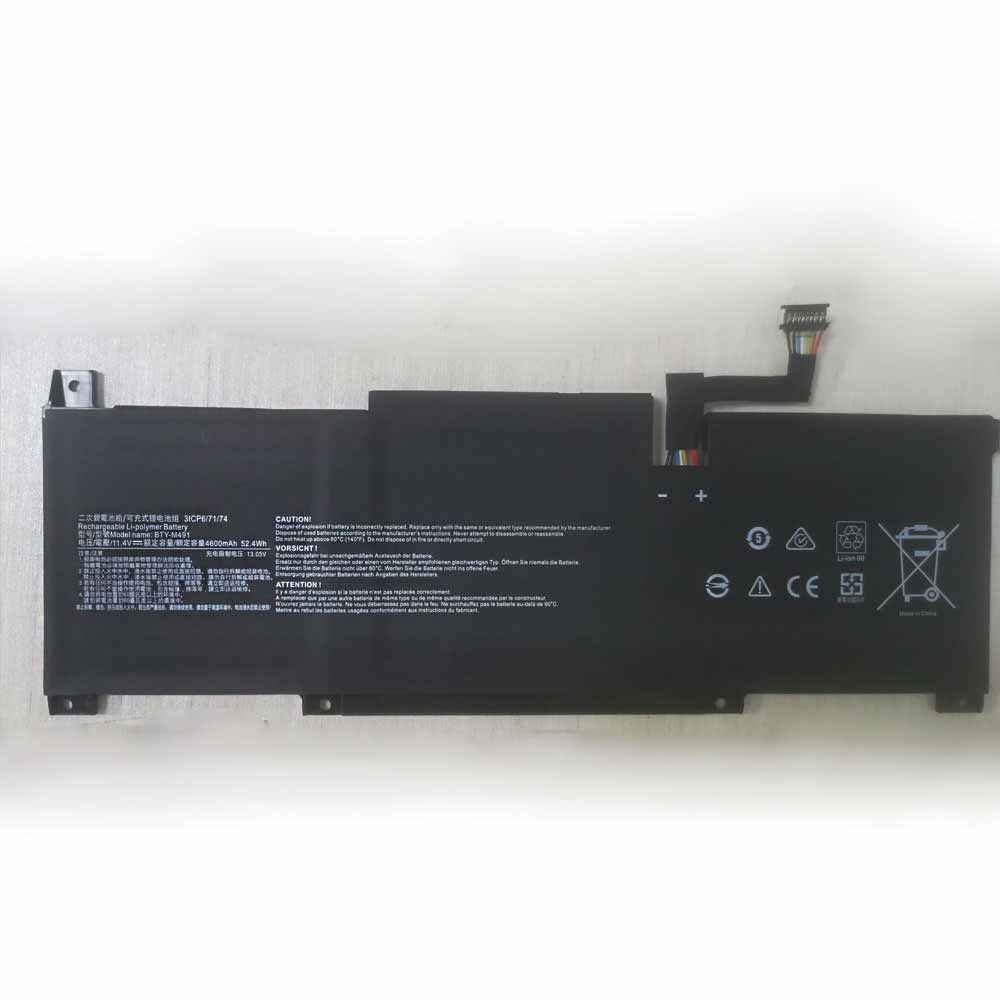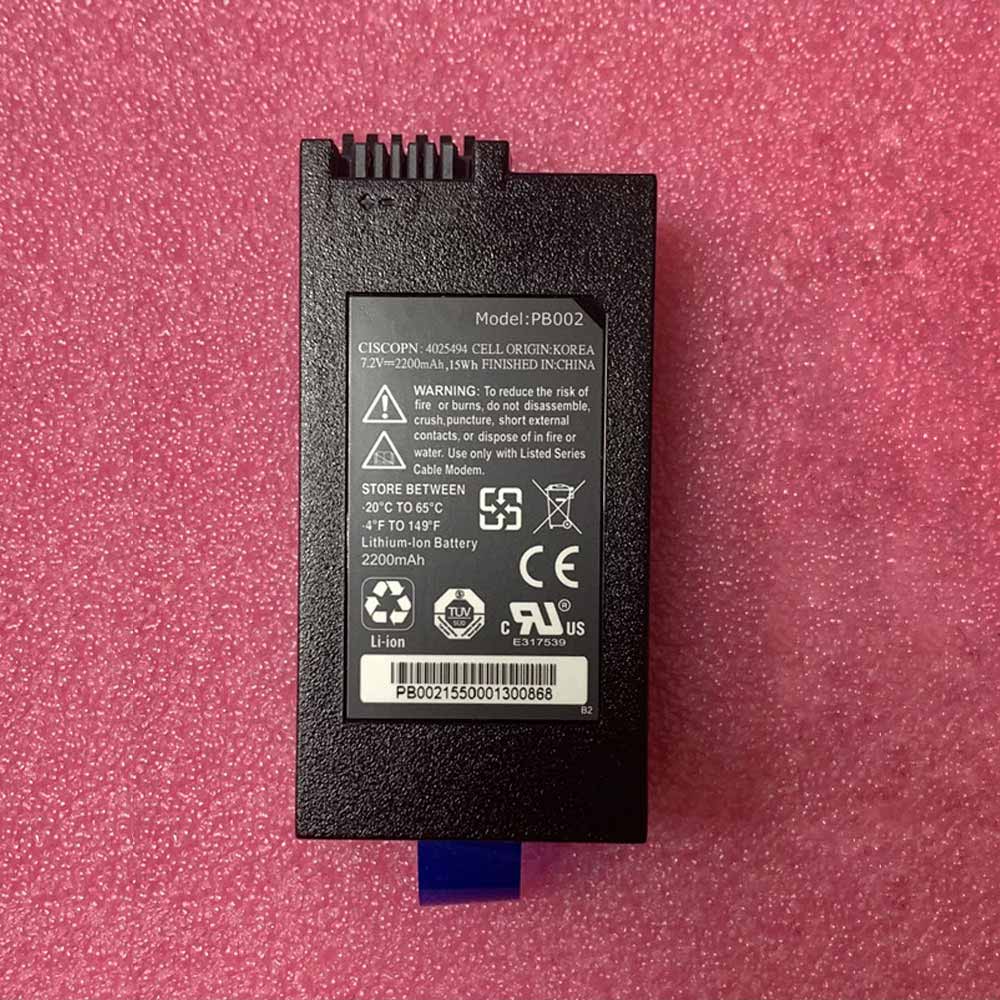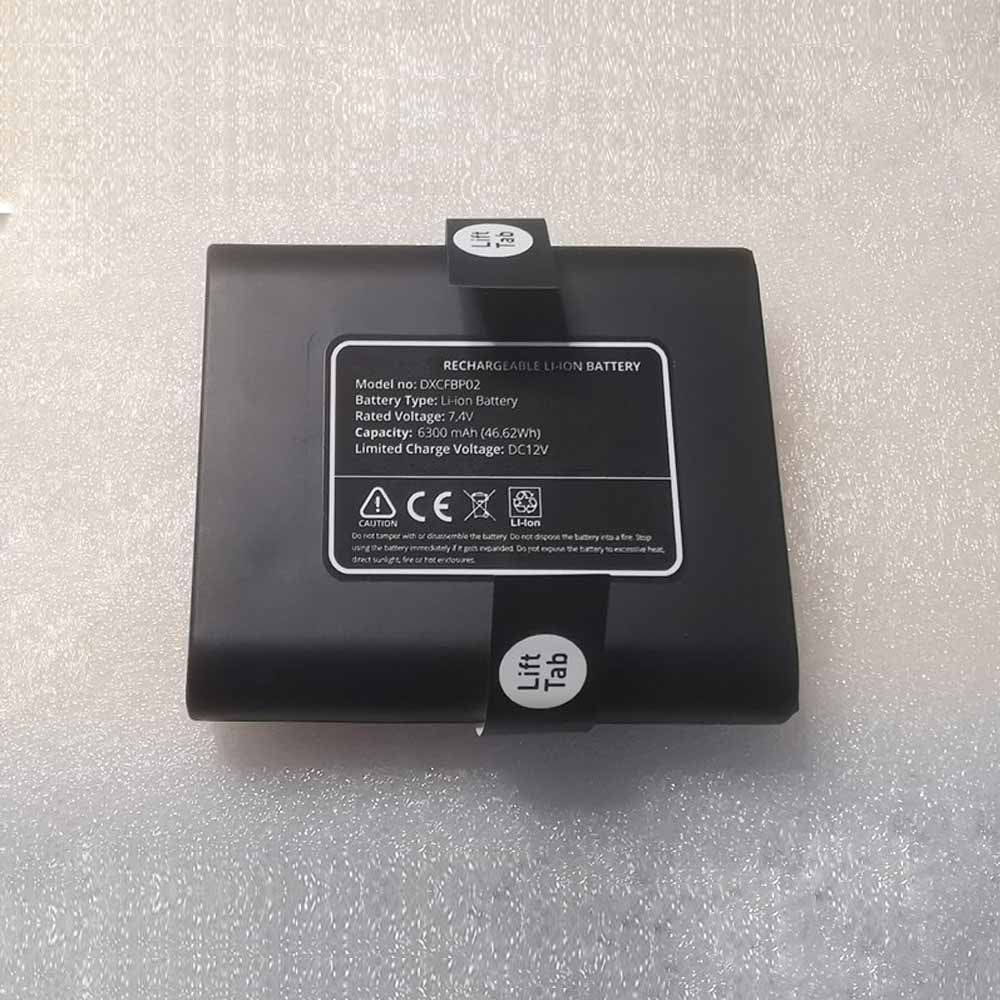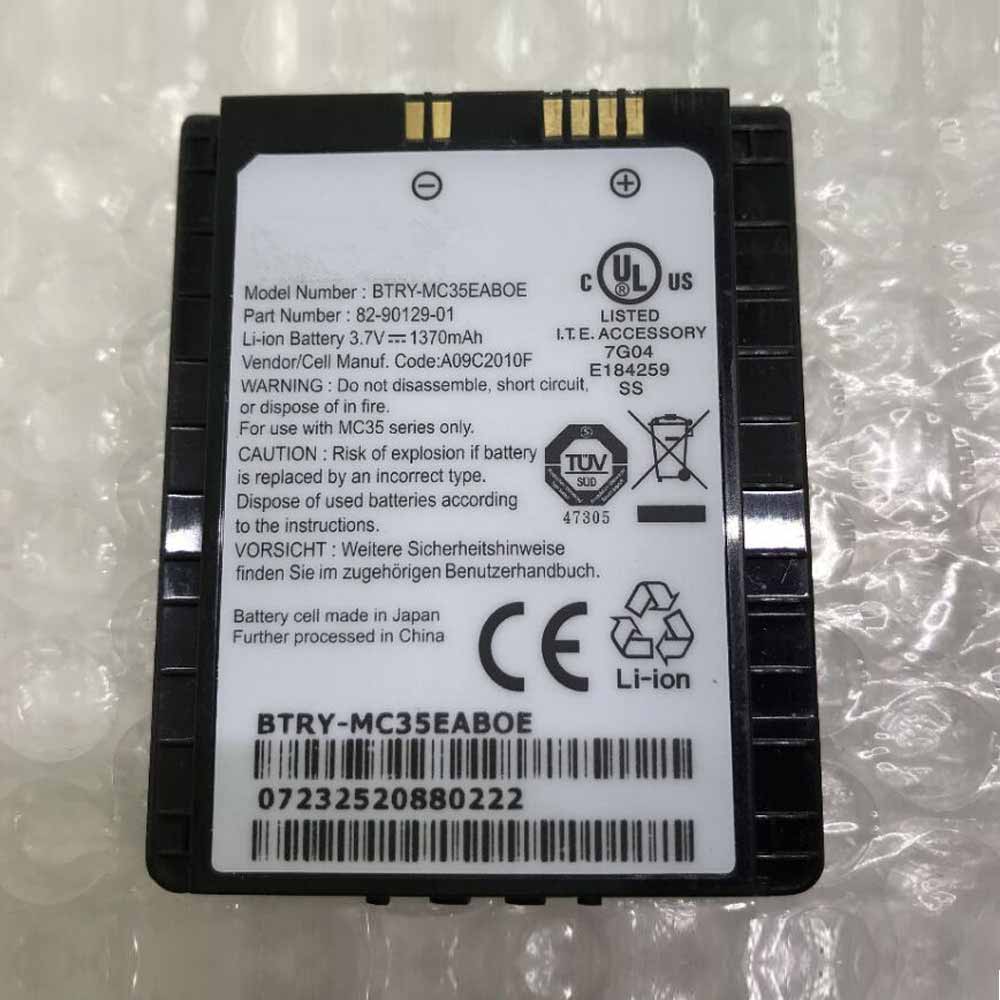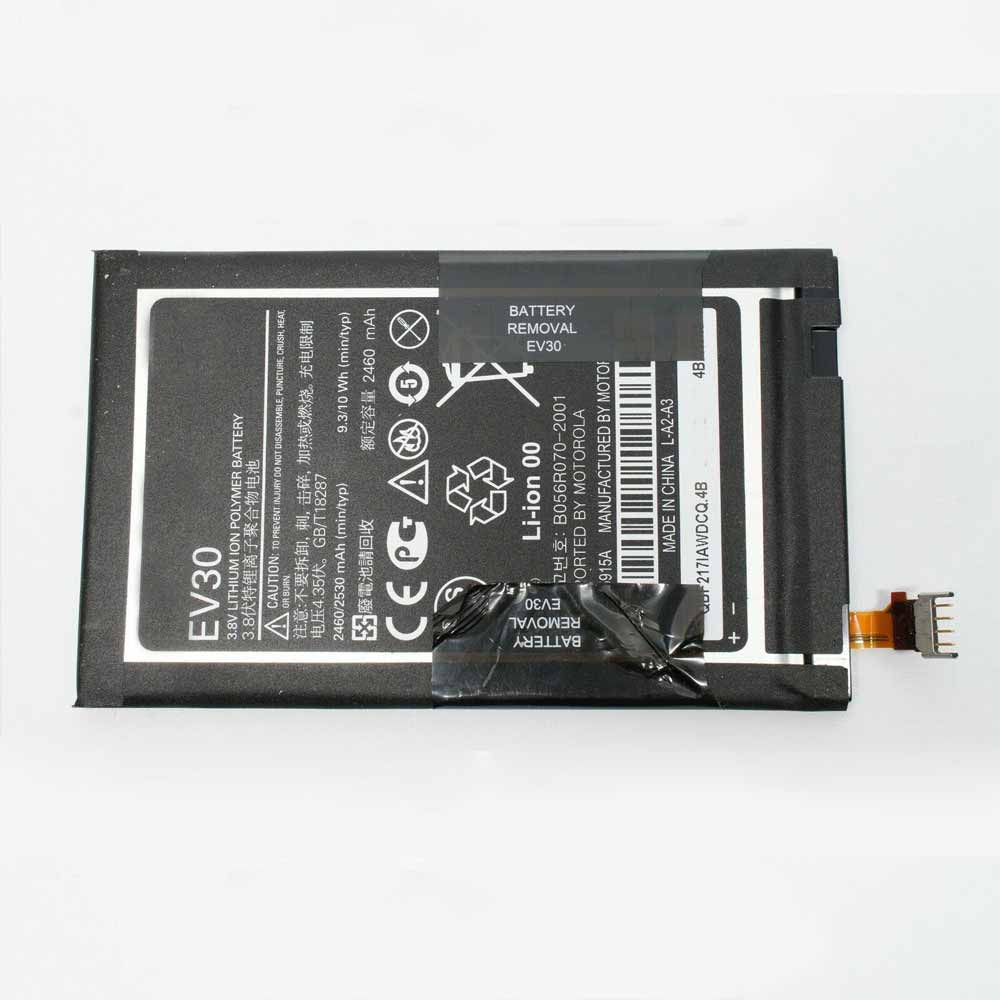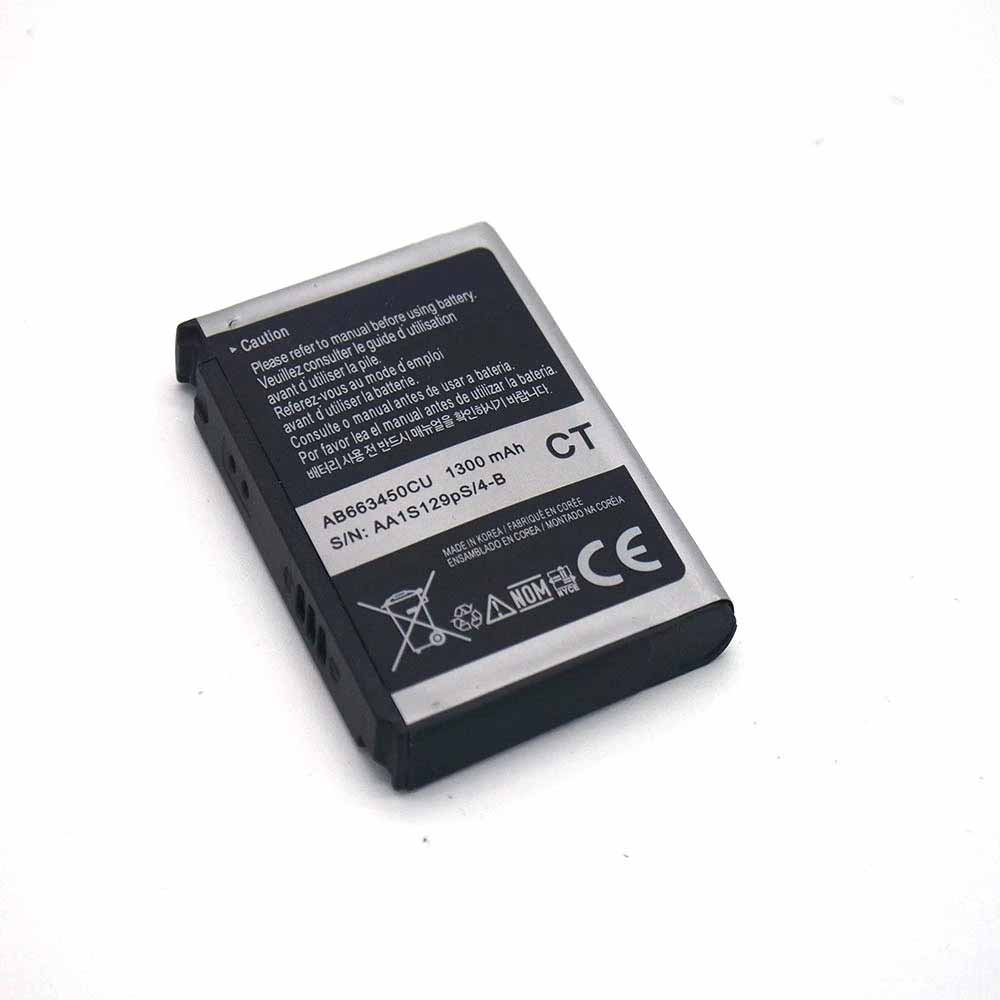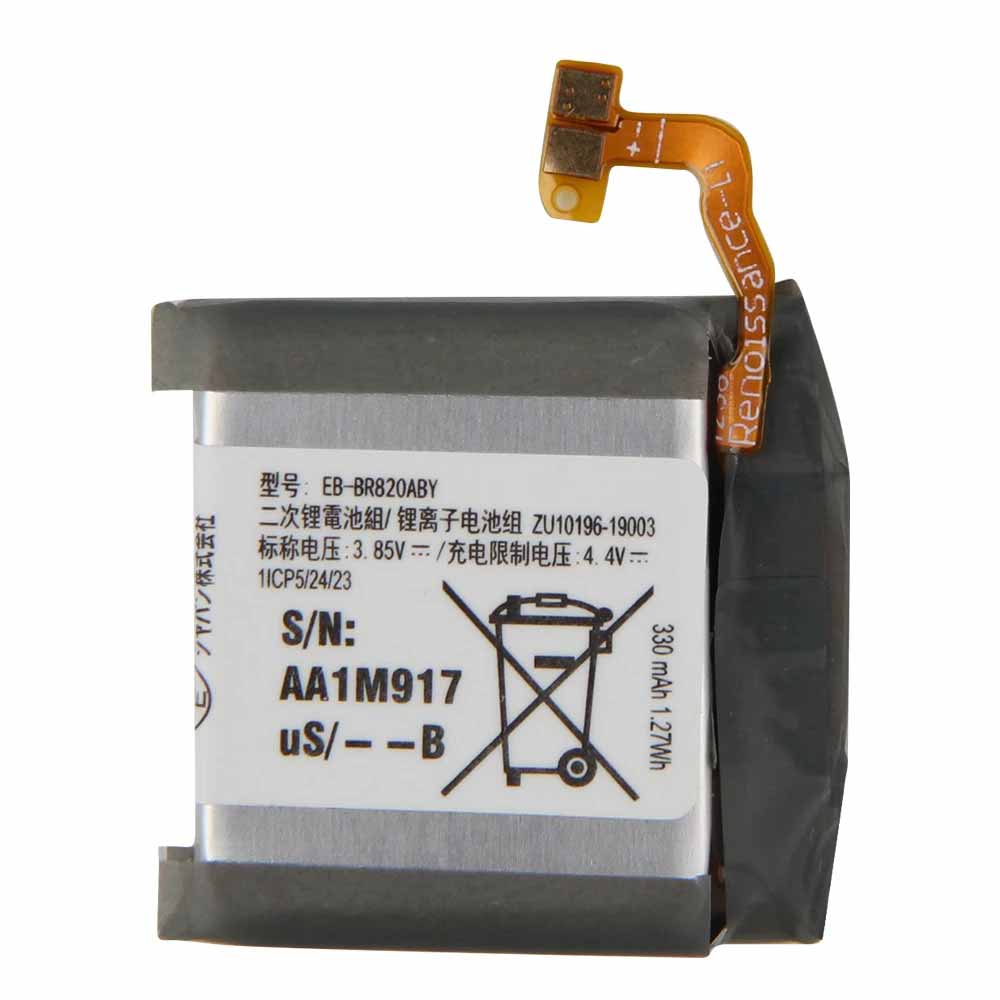We are currently using lithium-ion batteries in mobile phones and computers, and we are very unfamiliar with magnesium rechargeable batteries. Indeed, because it is still in the research stage. As we are in an era of rapid technological development, scientists will not stay in lithium-ion batteries in terms of batteries, but will develop and research better materials than lithium-ion batteries to make batteries. Let’s take a look!
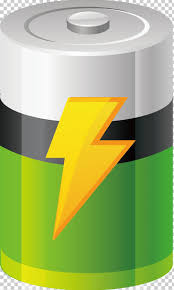
Research has shown that: Magnesium rechargeable batteries (MRB) using high-capacity magnesium metal as the negative electrode material are promising candidates for next-generation batteries due to their energy density, safety, and cost. However, the lack of high-performance cathode materials hinders their development.
Like its lithium ion counterpart, transition metal oxide is the main cathode material in MRB. However, the slow diffusion of Mg ions inside the oxide caused serious problems. To overcome this problem, some researchers have explored sulfur-based materials. But sulfur-based cathodes used for MRB have serious limitations: low electronic conductivity, slow diffusion of Mg in solid Mg-S compounds, and solubility of polysulfides in electrolytes, which result in low rate performance and poor Cycle performance.
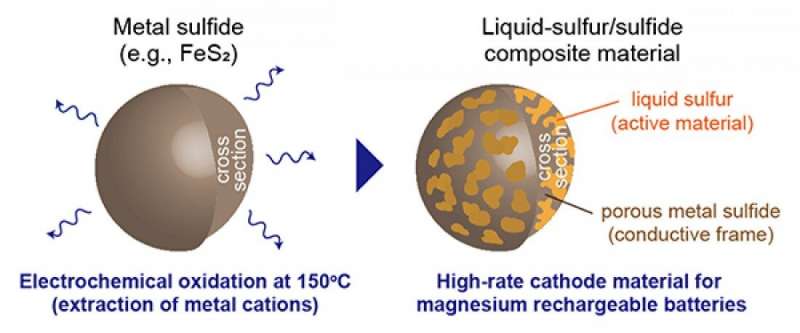
Now, a research team has developed a liquid sulfur/sulfide composite cathode that can realize high-rate magnesium batteries. Liquid sulfur/sulfide composite materials can be spontaneously prepared by electrochemically oxidizing metal sulfides (such as iron sulfide) in an ionic liquid electrolyte at 150 ℃. And the composite material shows excellent performance in terms of capacity, potential, cycle performance and rate performance. Based on the quality of active sulfur, the researchers achieved a discharge capacity of ~900 mAh/g at a high current density of 1246 mA/g.
Although researchers have made progress, there are still some problems. “We need an electrolyte that is compatible with both positive and negative materials, because the ionic liquid used in this work will passivate the magnesium metal negative electrode,” Shimokawa said. “In the future, it is important to develop new electrochemically stable electrolytes to make MRB more practical and widely used.”
Although MRB is still in the development stage, the research team hopes that their work provides a new way to use liquid sulfur as a high-rate cathode material for MRB. “This will promote the improvement of sulfur-based materials to achieve high-performance next-generation batteries.
If the research is successful, it will be another improvement in the battery life of our mobile phone and computer, which will make it last longer. Let us wait and see its research results. It may become a candidate for the next generation of batteries.
Thank you for reading, follow me to learn more
Friendly reminder: Friends who are still worried about the battery can enter the following website: www.batteryforpc.co.uk

